LM2678 High Efficiency 5A Step-down Voltage Regulator: Datasheet, Pinout and Circuit
14 Terminals DC DC Voltage Regulator SWITCHING REGULATOR Tape & Reel (TR) 14-VDFN Exposed Pad









14 Terminals DC DC Voltage Regulator SWITCHING REGULATOR Tape & Reel (TR) 14-VDFN Exposed Pad
LM2678 is a high-efficiency 5-A step-down voltage regulator. This article is going to explain pinout, datasheet, circuit, features, and other details about the LM2678 voltage regulator. Furthermore, there

Switch mode power supply tutorial: DC-DC buck converters
LM2678 Description
The LM2678 series of regulators are monolithic integrated circuits that perform all of the tasks of a buck switching regulator while driving up to 5A loads. The IC has high efficiency of over 90% and excellent load and line regulation. The LM2678 has three fixed output voltages (3.3V, 5V, and 12V) as well as an adjustable output version. Thermal shutdown, current limiting, and ON/OFF control are only a few of the functions included in the IC.
LM2678 Pinout
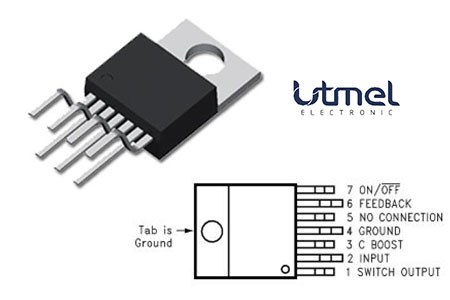
LM2678 Pinout
| Pin No | Pin Name | Description |
| 1 | SWITCH OUT | Switch Output Pin |
| 2 | IN | Input Pin |
| 3 | C BOOST | C Boost Pin |
| 4 | GND | Ground Pin |
| 5 | NC | No Connection |
| 6 | FEEDBACK | Feedback Pin |
| 7 | ON/OFF | On/Complement Off Pin |
LM2678 CAD Model

LM2678 Symbol

LM2678 Footprint

LM2678 3D Model
Specifications
- TypeParameter
- Mounting Type
The "Mounting Type" in electronic components refers to the method used to attach or connect a component to a circuit board or other substrate, such as through-hole, surface-mount, or panel mount.
Surface Mount - Package / Case
refers to the protective housing that encases an electronic component, providing mechanical support, electrical connections, and thermal management.
14-VDFN Exposed Pad - Surface Mount
having leads that are designed to be soldered on the side of a circuit board that the body of the component is mounted on.
YES - Operating Temperature (Max.)125°C
- Operating Temperature (Min.)-40°C
- Packaging
Semiconductor package is a carrier / shell used to contain and cover one or more semiconductor components or integrated circuits. The material of the shell can be metal, plastic, glass or ceramic.
Tape & Reel (TR) - JESD-609 Code
The "JESD-609 Code" in electronic components refers to a standardized marking code that indicates the lead-free solder composition and finish of electronic components for compliance with environmental regulations.
e0 - Pbfree Code
The "Pbfree Code" parameter in electronic components refers to the code or marking used to indicate that the component is lead-free. Lead (Pb) is a toxic substance that has been widely used in electronic components for many years, but due to environmental concerns, there has been a shift towards lead-free alternatives. The Pbfree Code helps manufacturers and users easily identify components that do not contain lead, ensuring compliance with regulations and promoting environmentally friendly practices. It is important to pay attention to the Pbfree Code when selecting electronic components to ensure they meet the necessary requirements for lead-free applications.
yes - Part Status
Parts can have many statuses as they progress through the configuration, analysis, review, and approval stages.
Obsolete - Moisture Sensitivity Level (MSL)
Moisture Sensitivity Level (MSL) is a standardized rating that indicates the susceptibility of electronic components, particularly semiconductors, to moisture-induced damage during storage and the soldering process, defining the allowable exposure time to ambient conditions before they require special handling or baking to prevent failures
3 (168 Hours) - Number of Terminations14
- Terminal Finish
Terminal Finish refers to the surface treatment applied to the terminals or leads of electronic components to enhance their performance and longevity. It can improve solderability, corrosion resistance, and overall reliability of the connection in electronic assemblies. Common finishes include nickel, gold, and tin, each possessing distinct properties suitable for various applications. The choice of terminal finish can significantly impact the durability and effectiveness of electronic devices.
TIN LEAD - Terminal Position
In electronic components, the term "Terminal Position" refers to the physical location of the connection points on the component where external electrical connections can be made. These connection points, known as terminals, are typically used to attach wires, leads, or other components to the main body of the electronic component. The terminal position is important for ensuring proper connectivity and functionality of the component within a circuit. It is often specified in technical datasheets or component specifications to help designers and engineers understand how to properly integrate the component into their circuit designs.
DUAL - Terminal Form
Occurring at or forming the end of a series, succession, or the like; closing; concluding.
NO LEAD - Peak Reflow Temperature (Cel)
Peak Reflow Temperature (Cel) is a parameter that specifies the maximum temperature at which an electronic component can be exposed during the reflow soldering process. Reflow soldering is a common method used to attach electronic components to a circuit board. The Peak Reflow Temperature is crucial because it ensures that the component is not damaged or degraded during the soldering process. Exceeding the specified Peak Reflow Temperature can lead to issues such as component failure, reduced performance, or even permanent damage to the component. It is important for manufacturers and assemblers to adhere to the recommended Peak Reflow Temperature to ensure the reliability and functionality of the electronic components.
NOT SPECIFIED - Number of Functions1
- Terminal Pitch
The center distance from one pole to the next.
0.8mm - Time@Peak Reflow Temperature-Max (s)
Time@Peak Reflow Temperature-Max (s) refers to the maximum duration that an electronic component can be exposed to the peak reflow temperature during the soldering process, which is crucial for ensuring reliable solder joint formation without damaging the component.
NOT SPECIFIED - Pin Count
a count of all of the component leads (or pins)
14 - JESD-30 Code
JESD-30 Code refers to a standardized descriptive designation system established by JEDEC for semiconductor-device packages. This system provides a systematic method for generating designators that convey essential information about the package's physical characteristics, such as size and shape, which aids in component identification and selection. By using JESD-30 codes, manufacturers and engineers can ensure consistency and clarity in the specification of semiconductor packages across various applications and industries.
R-XDSO-N14 - Input Voltage-Nom
Input Voltage-Nom refers to the nominal or rated input voltage that an electronic component or device is designed to operate within. This parameter specifies the voltage level at which the component is expected to function optimally and safely. It is important to ensure that the actual input voltage supplied to the component does not exceed this nominal value to prevent damage or malfunction. Manufacturers provide this specification to guide users in selecting the appropriate power supply or input voltage source for the component. It is a critical parameter to consider when designing or using electronic circuits to ensure reliable performance and longevity of the component.
24V - Temperature Grade
Temperature grades represent a tire's resistance to heat and its ability to dissipate heat when tested under controlled laboratory test conditions.
AUTOMOTIVE - Analog IC - Other Type
Analog IC - Other Type is a parameter used to categorize electronic components that are integrated circuits (ICs) designed for analog signal processing but do not fall into more specific subcategories such as amplifiers, comparators, or voltage regulators. These ICs may include specialized analog functions such as analog-to-digital converters (ADCs), digital-to-analog converters (DACs), voltage references, or signal conditioning circuits. They are typically used in various applications where precise analog signal processing is required, such as in audio equipment, instrumentation, communication systems, and industrial control systems. Manufacturers provide detailed specifications for these components to help engineers select the most suitable IC for their specific design requirements.
SWITCHING REGULATOR - Input Voltage (Min)
Input Voltage (Min) is a parameter in electronic components that specifies the minimum voltage level required for the component to operate properly. It indicates the lowest voltage that can be safely applied to the component without causing damage or malfunction. This parameter is crucial for ensuring the reliable and safe operation of the component within its specified operating range. It is important for designers and engineers to consider the minimum input voltage requirement when selecting and using electronic components in their circuits to prevent potential issues such as underperformance or failure.
15V - Output Current-Max
Output Current-Max is a parameter in electronic components that specifies the maximum amount of current that can be safely drawn from the output of the component without causing damage. It is an important specification to consider when designing circuits to ensure that the component can handle the required current without overheating or failing. Exceeding the maximum output current can lead to performance issues, component damage, or even complete failure of the circuit. It is crucial to adhere to the specified maximum output current to ensure the reliable operation of the electronic component and the overall circuit.
8.75A - Input Voltage (Max)
Input Voltage (Max) refers to the maximum voltage that an electronic component can safely handle without getting damaged. This parameter is crucial for ensuring the proper functioning and longevity of the component. Exceeding the maximum input voltage can lead to overheating, electrical breakdown, or even permanent damage to the component. It is important to carefully consider and adhere to the specified maximum input voltage when designing or using electronic circuits to prevent any potential issues or failures.
40V - Control Technique
In electronic components, "Control Technique" refers to the method or approach used to regulate and manage the operation of the component. This parameter is crucial in determining how the component functions within a circuit or system. Different control techniques can include analog control, digital control, pulse-width modulation (PWM), and various feedback mechanisms. The choice of control technique can impact the performance, efficiency, and overall functionality of the electronic component. It is important to select the appropriate control technique based on the specific requirements and characteristics of the application in which the component will be used.
PULSE WIDTH MODULATION - Switcher Configuration
Switcher Configuration in electronic components refers to the arrangement or setup of a switcher circuit, which is a type of power supply that converts one form of electrical energy into another. The configuration of a switcher circuit includes the specific components used, such as transistors, diodes, capacitors, and inductors, as well as their interconnections and control mechanisms. The switcher configuration determines the efficiency, voltage regulation, and other performance characteristics of the power supply. Different switcher configurations, such as buck, boost, buck-boost, and flyback, are used for various applications depending on the desired output voltage and current requirements. Understanding and selecting the appropriate switcher configuration is crucial in designing reliable and efficient power supply systems for electronic devices.
BUCK - Switching Frequency-Max
Switching Frequency-Max is a parameter in electronic components that refers to the maximum frequency at which the device can switch on and off within a given period of time. This parameter is crucial in determining the performance and efficiency of the component, especially in applications such as power supplies, inverters, and motor drives. A higher switching frequency allows for faster operation and can result in smaller component sizes, reduced power losses, and improved overall system performance. However, it is important to consider the trade-offs between switching frequency, efficiency, and heat dissipation to ensure optimal operation of the electronic component.
280kHz - Length6mm
- Height Seated (Max)
Height Seated (Max) is a parameter in electronic components that refers to the maximum allowable height of the component when it is properly seated or installed on a circuit board or within an enclosure. This specification is crucial for ensuring proper fit and alignment within the overall system design. Exceeding the maximum seated height can lead to mechanical interference, electrical shorts, or other issues that may impact the performance and reliability of the electronic device. Manufacturers provide this information to help designers and engineers select components that will fit within the designated space and function correctly in the intended application.
1mm - Width5mm
- RoHS Status
RoHS means “Restriction of Certain Hazardous Substances” in the “Hazardous Substances Directive” in electrical and electronic equipment.
Non-RoHS Compliant
LM2678 Block Diagram

LM2678 Block Diagram
LM2678 Features
Step Down Regulator Capable of Delivering 5A
Wide Input Range up to 40V
2% Output Tolerance
260 kHz Fixed Frequency Oscillator
Efficiency up to 92%
LM2678 Applications
Simple-to-Design, High Efficiency (>90%) Step-down Switching Regulators
Efficient System Preregulator for Linear Voltage Regulators
Battery Chargers
LM2678 Circuit

LM2678 Application Circuit
The regulator's input voltage is sent into pin 2 of the IC. Input bye-pass capacitors C1 to C4 are used. When the IC's control switch is turned on first, they also provide current to it. Capacitor C5 enhances the internal MOSFET's gate drive and turns it fully ON. This reduces switching losses and aids in the attainment of high efficiency. Pin7 is the ON/OFF pin, and if this pin is connected to the ground, the regulator will shut down. During shutdown mode, the current drain will be less than 50uA. As a freewheeling diode, the Schottky diode D1 is employed. The current from inductor L1 travels through this diode when the control switch (internal MOSFET) is turned off. C6 and C7 capacitors, as well as output filter capacitors.
LM2678 Package Dimensions


LM2678 Package Dimensions
LM2678 Manufacturer
Rochester Electronics ranks as a global leading semiconductor provider. Due to their products' characteristics of high quality and durability, these products are suitable for long-term production and maintenance in the fields of industry, transportation, and high-reliability markets. Their large inventory includes more than 100,000 products and 15 billion units, making them exceed other companies in terms of selection, capabilities, or solutions.
Datasheet PDF
- Datasheets :
What is the voltage of LM2678?
The LM2678 consists of a fixed output voltage of 5V. The LM2678 also has a built-in thermal shutdown, current limiting, and an ON/OFF control input that can power down the regulator to a low 50µA quiescent current standby condition. The output voltage is guaranteed to a ±2% tolerance.
What is the use of LM2678?
The LM2678 series of regulators are monolithic integrated circuits that provide all of the active functions for a step-down (buck) switching regulator capable of driving up to 5-A loads with excellent line and load regulation characteristics.
How does LM2678 work?
The LM2678 IC is a monolithic integrated circuit (IC) for a step-down switching voltage regulator accomplished by driving up to 5A loads with characteristics like outstanding line and load regulation. The efficiency of this IC is high (>90%), which is gained through the use of a low ON-resistance DMOS power switch.
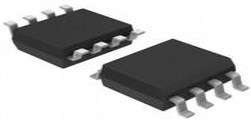 LM293 comparators: Schematic, Pinout and Datasheet
LM293 comparators: Schematic, Pinout and Datasheet31 July 20215425
 IRF640 vs IRF640N: Datasheet, Specifications, and FAQ
IRF640 vs IRF640N: Datasheet, Specifications, and FAQ05 November 20247536
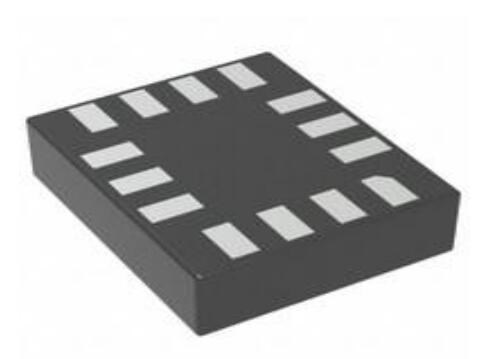 LSM6DSOTR Motion Sensor: Datasheet, Application Note, Pinout
LSM6DSOTR Motion Sensor: Datasheet, Application Note, Pinout23 February 20222488
 A Comprehensive Guide to LTC660CN8#PBF DC/DC Switching Regulator
A Comprehensive Guide to LTC660CN8#PBF DC/DC Switching Regulator06 March 2024116
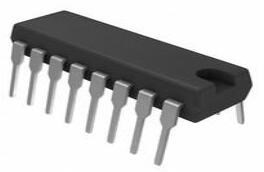 TEA2025 Stereo Audio Amplifier: Circuit, Datasheet and Equivalent
TEA2025 Stereo Audio Amplifier: Circuit, Datasheet and Equivalent20 October 202134837
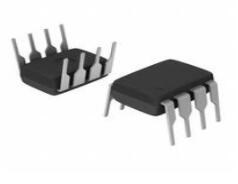 MC1455 Timer: MC1455 Datasheet, Pinout, MC1455 vs. 555
MC1455 Timer: MC1455 Datasheet, Pinout, MC1455 vs. 55517 December 20214974
 Introduction to NXP KL28Z Microcontroller
Introduction to NXP KL28Z Microcontroller28 February 2024145
![KA7500B Controller: Features, Pinout, and Datasheet [Video&FAQ]](https://res.utmel.com/Images/Article/f00ffbff-eb5d-4a0c-90bf-75484b9ef533.png) KA7500B Controller: Features, Pinout, and Datasheet [Video&FAQ]
KA7500B Controller: Features, Pinout, and Datasheet [Video&FAQ]21 October 202151834
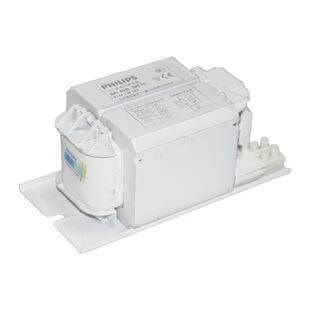 Classification and Working Principle of Ballast Resistor
Classification and Working Principle of Ballast Resistor18 November 20205395
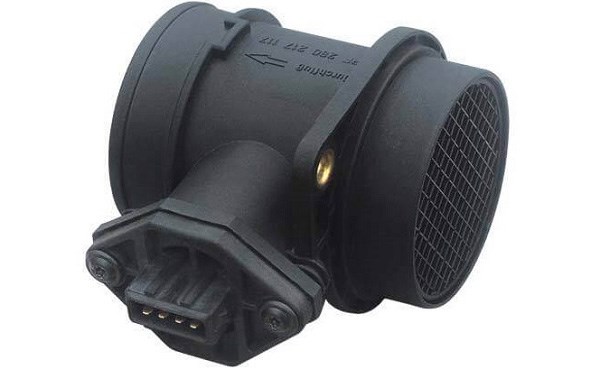 Introduction to Mass Air Flow Sensor
Introduction to Mass Air Flow Sensor15 September 20209607
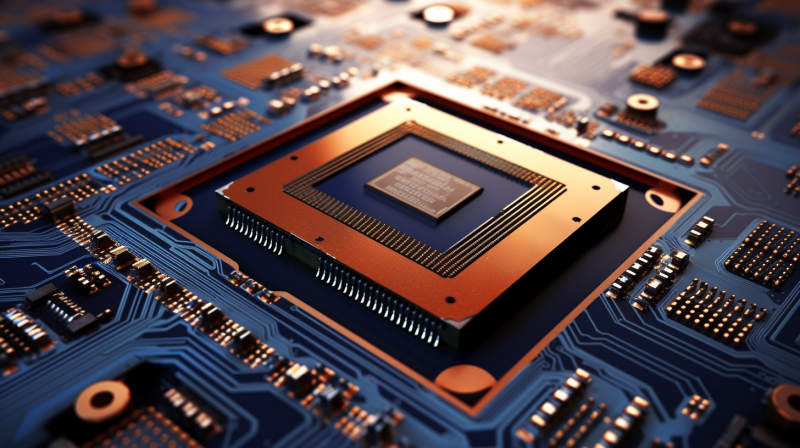 Innovative Changes in Leading-Edge Chip Architectures
Innovative Changes in Leading-Edge Chip Architectures06 September 20231588
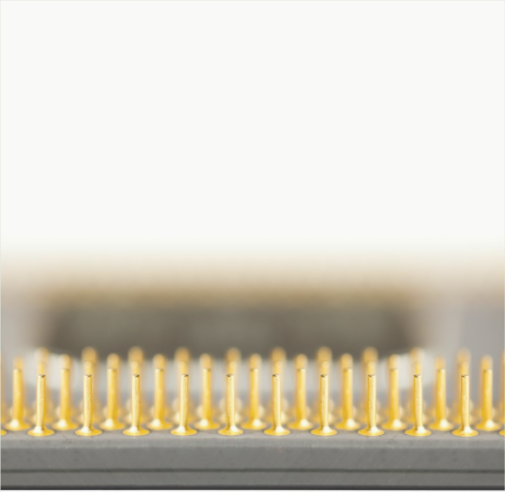 The Rise of Semiconductor Stocks in the Tech Boom
The Rise of Semiconductor Stocks in the Tech Boom05 December 20232148
 DeepMind Building AI That Thinks Like a Baby May Help Build Computer Models With Human Minds
DeepMind Building AI That Thinks Like a Baby May Help Build Computer Models With Human Minds18 July 20221107
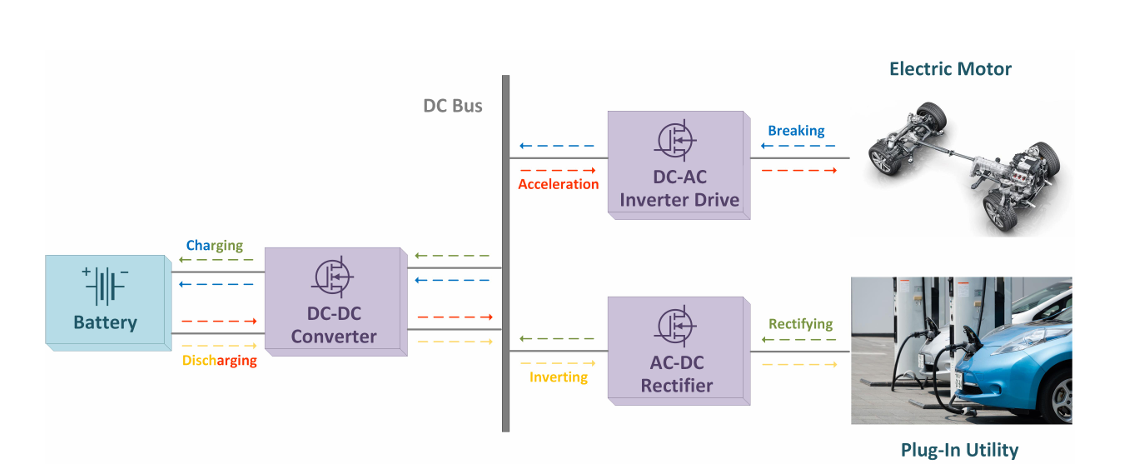 A Hybrid SiC and GaN-Based DC-DC Converter for EVs
A Hybrid SiC and GaN-Based DC-DC Converter for EVs20 September 20242200
 Top 10 Companies in the IoT Industry
Top 10 Companies in the IoT Industry17 January 20221073
 How to Design Reliable High-Side Switching Circuits with P-Channel MOSFETs?
How to Design Reliable High-Side Switching Circuits with P-Channel MOSFETs?22 July 20253928
Rochester Electronics, LLC
In Stock
United States
China
Canada
Japan
Russia
Germany
United Kingdom
Singapore
Italy
Hong Kong(China)
Taiwan(China)
France
Korea
Mexico
Netherlands
Malaysia
Austria
Spain
Switzerland
Poland
Thailand
Vietnam
India
United Arab Emirates
Afghanistan
Åland Islands
Albania
Algeria
American Samoa
Andorra
Angola
Anguilla
Antigua & Barbuda
Argentina
Armenia
Aruba
Australia
Azerbaijan
Bahamas
Bahrain
Bangladesh
Barbados
Belarus
Belgium
Belize
Benin
Bermuda
Bhutan
Bolivia
Bonaire, Sint Eustatius and Saba
Bosnia & Herzegovina
Botswana
Brazil
British Indian Ocean Territory
British Virgin Islands
Brunei
Bulgaria
Burkina Faso
Burundi
Cabo Verde
Cambodia
Cameroon
Cayman Islands
Central African Republic
Chad
Chile
Christmas Island
Cocos (Keeling) Islands
Colombia
Comoros
Congo
Congo (DRC)
Cook Islands
Costa Rica
Côte d’Ivoire
Croatia
Cuba
Curaçao
Cyprus
Czechia
Denmark
Djibouti
Dominica
Dominican Republic
Ecuador
Egypt
El Salvador
Equatorial Guinea
Eritrea
Estonia
Eswatini
Ethiopia
Falkland Islands
Faroe Islands
Fiji
Finland
French Guiana
French Polynesia
Gabon
Gambia
Georgia
Ghana
Gibraltar
Greece
Greenland
Grenada
Guadeloupe
Guam
Guatemala
Guernsey
Guinea
Guinea-Bissau
Guyana
Haiti
Honduras
Hungary
Iceland
Indonesia
Iran
Iraq
Ireland
Isle of Man
Israel
Jamaica
Jersey
Jordan
Kazakhstan
Kenya
Kiribati
Kosovo
Kuwait
Kyrgyzstan
Laos
Latvia
Lebanon
Lesotho
Liberia
Libya
Liechtenstein
Lithuania
Luxembourg
Macao(China)
Madagascar
Malawi
Maldives
Mali
Malta
Marshall Islands
Martinique
Mauritania
Mauritius
Mayotte
Micronesia
Moldova
Monaco
Mongolia
Montenegro
Montserrat
Morocco
Mozambique
Myanmar
Namibia
Nauru
Nepal
New Caledonia
New Zealand
Nicaragua
Niger
Nigeria
Niue
Norfolk Island
North Korea
North Macedonia
Northern Mariana Islands
Norway
Oman
Pakistan
Palau
Palestinian Authority
Panama
Papua New Guinea
Paraguay
Peru
Philippines
Pitcairn Islands
Portugal
Puerto Rico
Qatar
Réunion
Romania
Rwanda
Samoa
San Marino
São Tomé & Príncipe
Saudi Arabia
Senegal
Serbia
Seychelles
Sierra Leone
Sint Maarten
Slovakia
Slovenia
Solomon Islands
Somalia
South Africa
South Sudan
Sri Lanka
St Helena, Ascension, Tristan da Cunha
St. Barthélemy
St. Kitts & Nevis
St. Lucia
St. Martin
St. Pierre & Miquelon
St. Vincent & Grenadines
Sudan
Suriname
Svalbard & Jan Mayen
Sweden
Syria
Tajikistan
Tanzania
Timor-Leste
Togo
Tokelau
Tonga
Trinidad & Tobago
Tunisia
Turkey
Turkmenistan
Turks & Caicos Islands
Tuvalu
U.S. Outlying Islands
U.S. Virgin Islands
Uganda
Ukraine
Uruguay
Uzbekistan
Vanuatu
Vatican City
Venezuela
Wallis & Futuna
Yemen
Zambia
Zimbabwe





